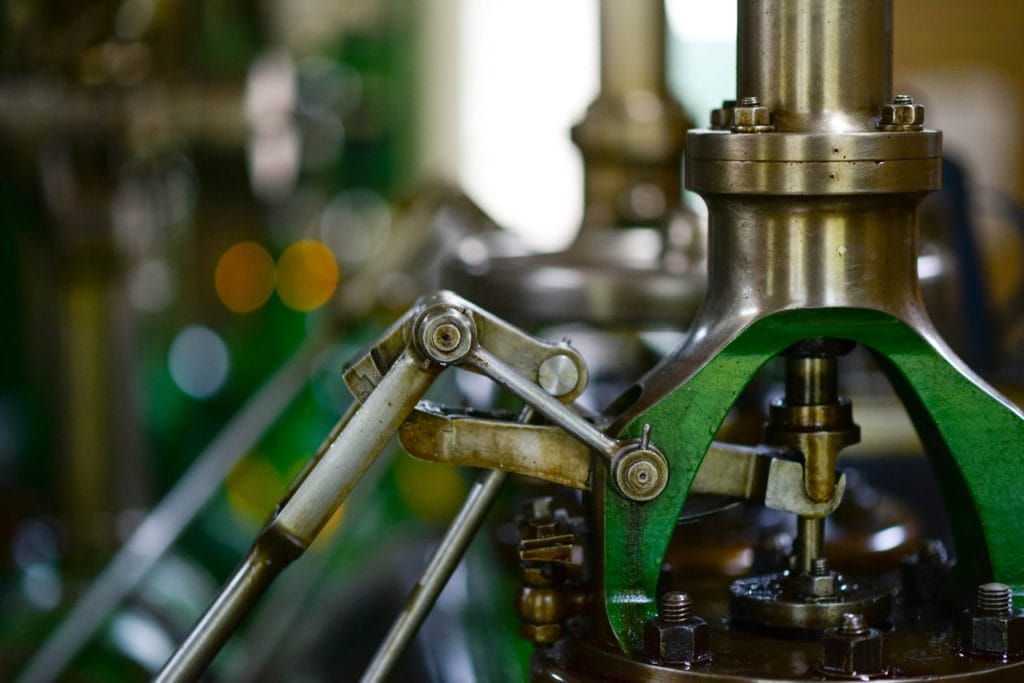The term “flexible manufacturing” refers to the ability of a company to adapt its production operations to produce different parts for different markets without the need for major retooling or equipment investment. Many companies utilize flexible manufacturing as a benchmark for where they stand in the industry; the greater their flexibility (i.e., how fast they can convert their operations for a new part or product), the greater their advantage over their competitors.
Flexible manufacturing is about more than a company being able to switch from creating one part to another, also called changeover. It also concerns its ability to alter its production schedule to modify a part or handle multiple parts. If an organization can rapidly increase or decrease product levels or shift capacity quickly from one product or service to another, it’s likely they practice flexible manufacturing.

Manufacturing flexibility occurs at three levels:
- Baseline. Baseline flexibilities include the ease with which a facility’s equipment can:
- handle different production operations with quick changeover (machine),
- transport and position different parts at various stations within the production line (material handling), and
- employ alternative operations to produce a part (operation).
- System. System flexibilities refer to the facility’s capability to:
- Operate at different volumes (volume)
- Develop and grow (expansion)
- Allow for varying process paths for parts (routing)
- Handle varying part volumes without requiring additional setup (process)
- Produce different products without requiring additional setup (product)
- Aggregate. Aggregate flexibilities include:
- The flexibility to run a system unattended for extended periods (program)
- The flexibility to produce different part volumes without significant equipment investment (production)
- The flexibility to adapt to changing market demands (market)
Practicing flexible manufacturing affords organizations the freedom to manufacture goods while simultaneously adapting to changes.
Advantages of Flexible Manufacturing
Flexible manufacturing presents a host of advantages for businesses that opt to follow the methodology. It allows them to cut down on manufacturing costs, parts inventory, and lead times. The practice’s emphasis on constant adaptability often translates to a work process optimized for a company’s exact needs.
Following flexible manufacturing guidelines is about more than what a business can avoid. It’s also about what a company stands to gain by streamlining its processes and widening its capabilities. Organizations that successfully adopt a flexible manufacturing approach increase:
- Labor productivity
- Machine efficiency
- Product quality
- System reliability
- Production rate
Disadvantages of Flexible Manufacturing
Although flexible manufacturing presents a number of advantages, it does come along with some downsides. For example, most organizations experience high initial setup costs when they begin to introduce a flexible manufacturing approach. Pre-planning implementation and keeping staff trained and on-board with the process can also prove difficult in certain work environments.
For some companies, the switch to flexible manufacturing requires more than just training for existing employees; it demands the addition of newer, more skilled workers. This requirement leaves less-skilled workers scrambling to keep pace with changes.
Flexible vs. Agile Manufacturing
Both flexible manufacturing and agile manufacturing are strategies employed by businesses to maintain a competitive edge in the fast-paced marketplace. Although used for similar reasons, they target different elements of consumer demand.
Agile Manufacturing Features and Key Elements
Agile manufacturing focuses heavily on providing rapid responses to changing customer demands. The practice promotes taking advantage of voids in the marketplace and offering up solutions quickly.
Companies interested in implement agile manufacturing techniques need to focus on the following elements:
- Modular product design, for easy modification to suit varying needs
- Information technology, for faster communication and, consequently, faster responses
- Corporate partners, for shorter time-to-market for new products
- Knowledge culture, for greater adaptability of employees to changing demands
Flexible Manufacturing Features and Key Elements
Flexible manufacturing seeks to reduce the cost of operations while continuing to meet current and evolving customer demands. Lowering costs can take the form of optimizing processes or eliminating extraneous workers, all to increase production efficiency and decrease production costs.
Companies who implement flexible manufacturing techniques can offer customers:
- Faster turnaround
- Greater production flexibility (for lead times and order sizes)
- More engineering expertise
Contact Big Sky for Automation Solutions That Facilitate Flexible Manufacturing
At Big Sky Engineering, we can design and build custom manufacturing and automation solutions tailored to your unique needs. Our flexible automation—also known as soft automation—systems are designed for future product compatibility and feature fast and easy tooling changeover to meet evolving customer demands, facilitating the implementation of flexible manufacturing techniques in your facility.
To find out more about the design and build capabilities we offer and how we can help you increase your company’s manufacturing flexibility, contact us or request a quote today.


